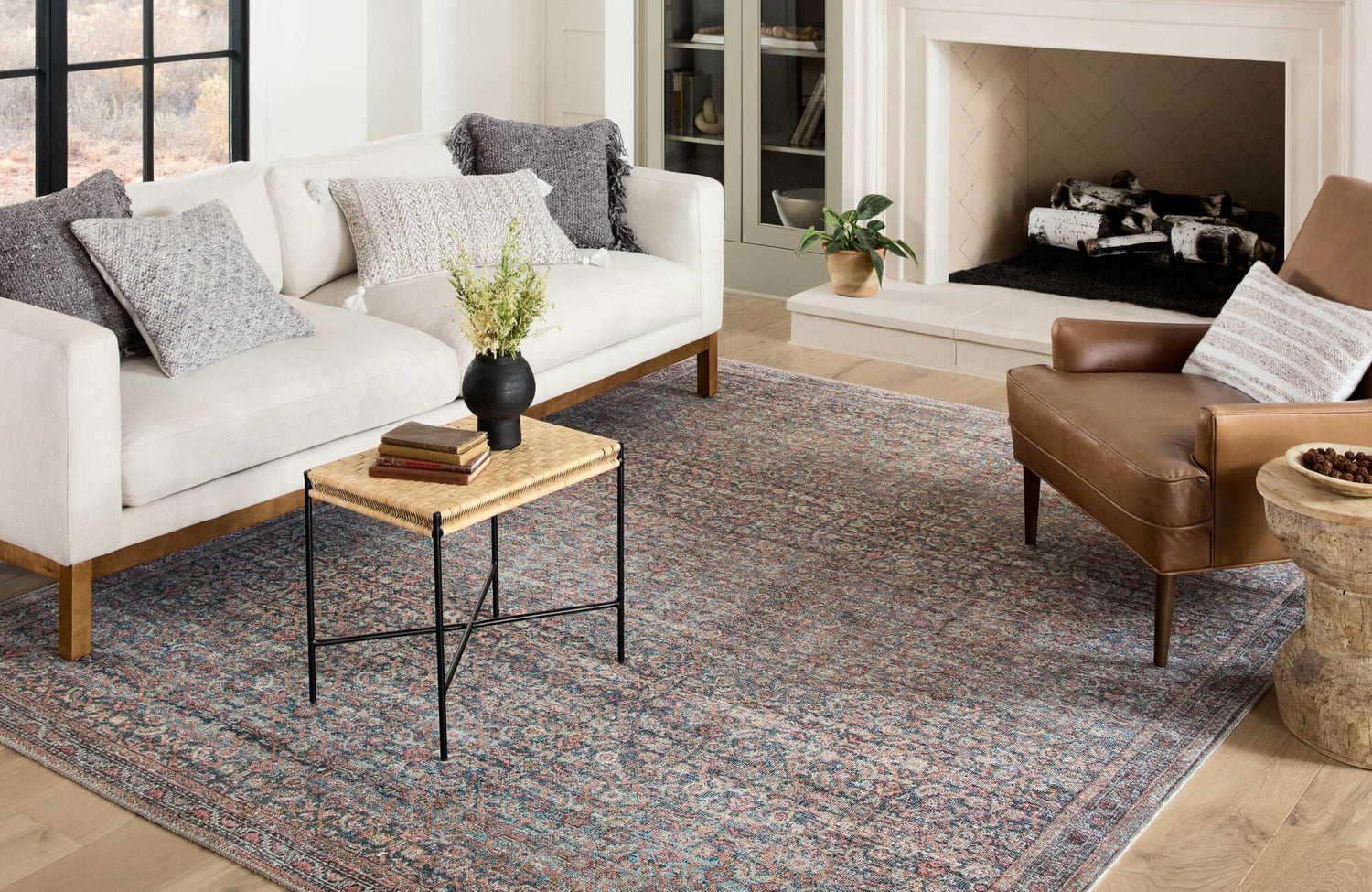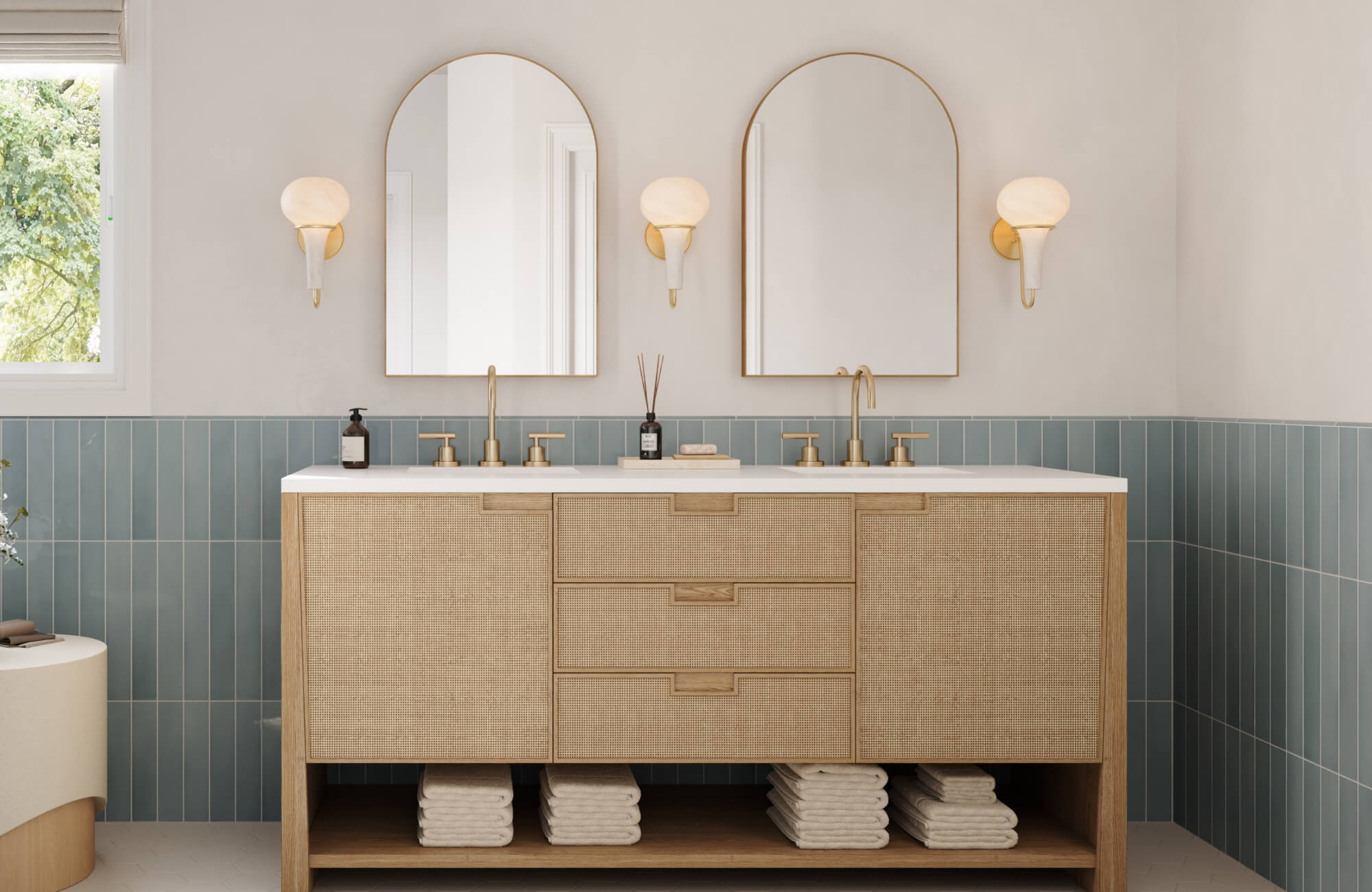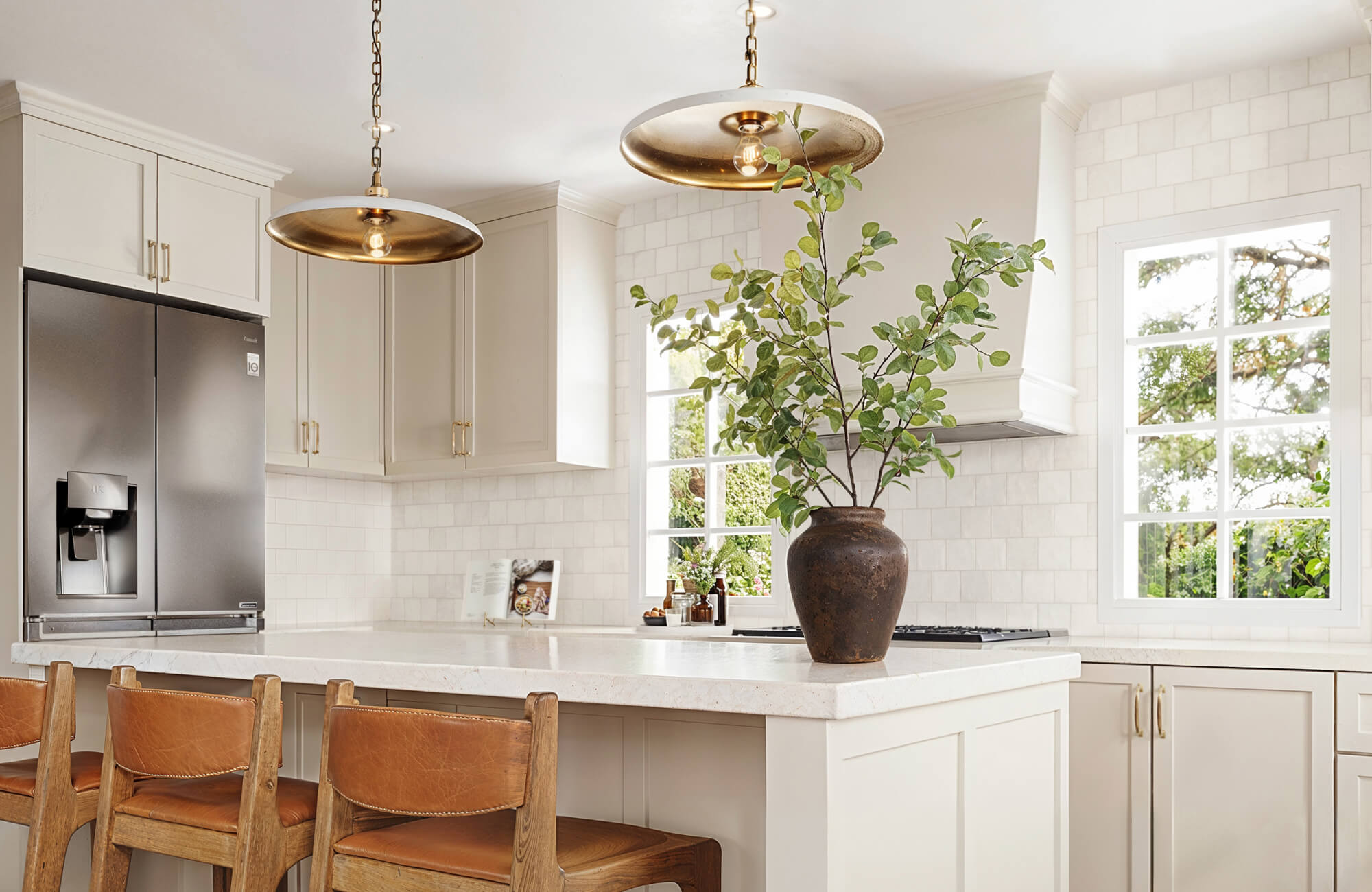Choosing the right rug size goes beyond personal style — it plays a key role in shaping how a room looks, feels, and functions. Homeowners often face the decision of whether to choose a rug that fills more of the floor space or a smaller one that acts as a decorative accent. The size you select can affect everything from how spacious a room feels to how well furniture is anchored and how safe the space is to navigate.
This article breaks down the practical and visual effects of rug sizing. Whether you're furnishing a compact area or an open-concept layout, you'll gain insight into the advantages and limitations of both large and small rugs, and how to choose the right one for your needs.
The Benefits of a Larger Rug
While moderation might seem like the safe route, opting for a larger rug often brings both visual harmony and practical benefits to a room. It’s not just about coverage—it’s about connection.
How Large Rugs Create Cohesion
Oversized rugs play a key role in visually connecting spaces and enhancing layout clarity. In open-concept rooms, where areas like living and dining spaces flow together, a large rug acts as an anchor. It helps define individual zones while creating a seamless visual transition between them.
Rather than segmenting a space with multiple smaller rugs, one large rug ties furniture groupings together, offering a unified look. Even in smaller rooms, a larger rug can be effective. By extending closer to the walls, it reduces the appearance of scattered furniture and exposed flooring, making the room feel more expansive and less cluttered.
Luxury Underfoot
A large rug adds more than style; it creates a sense of comfort and luxury. The soft, expansive surface underfoot enhances the room’s atmosphere, encouraging people to relax and feel at home.
Beyond its tactile appeal, a large rug also helps with sound absorption. It reduces echoes and softens ambient noise, especially in rooms with hard floors. This contributes to a quieter, more comfortable environment that feels calm and well-designed.
Safety and Stability
Larger rugs offer practical benefits that go beyond appearance. In busy areas, they help prevent slips and falls by providing a stable walking surface. Their size and weight make them less likely to shift or bunch up, reducing tripping hazards.
They also protect flooring from everyday wear and tear, shielding surfaces from scratches, dents, and damage caused by frequent movement or furniture placement. An oversized rug not only enhances the look and feel of a room but also adds a layer of durability and safety to your space.

The Challenges of a Rug That’s Too Small
While larger rugs offer cohesion and comfort, undersized rugs can lead to a series of design and functional missteps. These pieces can unintentionally disrupt flow, create imbalance, and introduce safety concerns.
How Small Rugs Disrupt Visual Harmony
A common problem with small rugs is the "floating furniture" effect. Instead of anchoring a seating area, the rug sits beneath a single piece, often a coffee table, while surrounding chairs and sofas are left off the rug entirely. This creates a disconnected look where the furniture feels scattered rather than unified. The rug fails to define the space, resulting in a layout that feels unfinished and visually unbalanced.
The Visual Shrinking Effect
Contrary to what one might expect, a small rug can actually make a room feel smaller. By highlighting the empty space around it, the rug draws attention to the room’s unused areas rather than tying them together. This is especially noticeable in larger rooms, where a small rug may appear lost and out of scale. Instead of helping the space feel more open, it visually fragments the floor and minimizes the overall impact of the design.
The Functional Flaws of Insufficiency
Small rugs also come with practical drawbacks. They offer limited protection, leaving much of the flooring exposed to wear, stains, and damage. They are more likely to shift, slide, or bunch underfoot, especially in busy households. This not only creates a safety hazard but also makes regular cleaning more difficult. Because they move around easily, vacuuming or sweeping often turns into a frustrating task. In the end, a rug that’s too small can compromise both the look and functionality of a room.
Finding the Right Size Through Proportion
Avoiding the extremes of too large or too small requires understanding proportion and how the rug interacts with your furniture and room layout. Striking the right balance ensures your rug enhances both form and function.
Furniture Placement Guidelines
The most crucial guideline for rug placement revolves around its interaction with your furniture. There are generally three "rules of feet" to consider, depending on the room and desired effect:
All Legs On
This is often the ideal for living rooms, where all major furniture pieces (sofa, armchairs) have at least their front two, if not all four, legs resting on the rug. This creates a cohesive, grounded seating arrangement, visually anchoring the entire conversation area. A rug like the Hutchinson Polyester Face Rug in Burgundy / Denim from Edward Martin, as shown in the photo above, brings rich color contrast and warmth to this setup, effortlessly tying together furniture in both traditional and eclectic interiors.
For dining rooms, ensure the rug is large enough so all chair legs remain comfortably on it, even when pulled out. This not only maintains the visual balance but also prevents snagging and provides better stability during meals and gatherings.
Front Legs On
A common and effective approach for slightly smaller living rooms or when working with a larger sectional. Here, only the front two legs of the main seating pieces rest on the rug. This still connects the furniture to the rug, creating a defined zone without overwhelming the room.
No Legs On
This is typically reserved for very small rooms or specific accent rugs. In this scenario, the rug floats in the center, perhaps under a coffee table, with all furniture completely off its surface. While sometimes necessary, this approach risks the "floating furniture" dilemma and should be used with caution, ensuring the rug serves as a clear focal point rather than an isolating island. For bedrooms, the rug should extend at least 18-24 inches beyond the sides of the bed, allowing for soft landings when getting in and out.
Pre-Purchase Pro Tips
Before buying a rug, take time to visualize how it will fit into your space. One effective method is to use painter’s tape to outline the rug’s dimensions directly on the floor. This gives you a clear sense of its size and how it will work with your furniture. You can also lay out bedsheets or newspapers over the proposed area for a similar visual guide.
As you plan, consider not only furniture placement but also how people move through the room. Make sure the rug will not block walkways or interfere with doors or other architectural features. This helps ensure that the rug enhances both the flow and function of the room.
Considering Irregular Spaces
Not all rooms conform to perfect rectangles, and unique layouts may require more thoughtful rug solutions. Custom rugs offer precise sizing and shaping to accommodate curved walls, angled corners, or built-in features. For added flexibility, layering rugs can be a smart strategy. Use a large, neutral rug as a base, then place a smaller, textured or patterned rug on top to highlight a seating area or define a specific zone.
In open-concept spaces, using multiple rugs to define separate areas for dining, living, or work zones can be more effective than relying on one oversized rug. This approach creates visual boundaries while maintaining flexibility and balance across the space.

Designing Beyond Size with Style
While size plays a critical role, the rug’s design elements—texture, pattern, and color—are equally important in shaping the atmosphere of a room. Once you determine the right dimensions, these stylistic details elevate the rug from a purely functional item to a central design feature that enhances both look and feel.
Texture
Beyond size and placement, the texture of a rug plays a crucial role in shaping both its look and function. The material you choose affects not only how the rug complements your decor, but also how it feels and performs in daily use.
A thick wool rug brings softness and warmth, creating a cozy atmosphere even in smaller rooms. Flatweave options like jute or sisal offer a light, breathable feel that suits casual or minimalist settings. For households that need easy maintenance, synthetic rugs are a practical choice; they can replicate various textures while resisting stains and wear. Silk rugs, on the other hand, lend elegance and a smooth sheen but require more delicate care.
When selecting a texture, think about the balance between aesthetic appeal and everyday practicality. Consider how the material will hold up over time, and whether it aligns with your cleaning habits and lifestyle needs.
Pattern
Patterns help shape how we perceive space. Horizontal stripes can make a room appear wider, while vertical stripes may create the impression of added length. Large, bold motifs are especially effective on generously sized rugs, helping to ground a space and unify surrounding decor. A great example is the Hutchinson Polyester Face Rug in Burgundy / Khaki, as shown in the photo above, which blends deep color contrast with a grounded geometric design to define a space without overpowering it.
Color and Light
Rug color plays a major role in setting the mood and influencing how spacious a room feels. Light-colored rugs, such as cream, soft gray, and pastel tones, reflect more light, making a space appear larger and brighter. These shades are especially effective in smaller or darker rooms that need a visual lift. The Everson Wool Blend Rug in Mist, with its airy, neutral palette and subtle texture, is a perfect example. It enhances natural light while providing a soft, grounding presence underfoot.
Conversely, darker colors like navy, charcoal, or burgundy absorb light, creating a sense of intimacy and making larger rooms feel cozier. Selecting a rug that complements your walls and furnishings ties the space together and helps achieve a cohesive, thoughtfully curated look.
Striking the Right Balance in Rug Sizing
Choosing the right rug size is less about following strict rules and more about finding balance. Larger rugs often help unify a room, offer more comfort, and provide better stability. On the other hand, rugs that are too small can disrupt visual flow and make a space feel disjointed.
The ideal rug also depends on your room’s layout, furniture arrangement, and the look you want to achieve. By considering size along with material, texture, pattern, and color, you can select a rug that fits both your practical needs and design vision. When chosen thoughtfully, a rug does more than cover the floor, it elevates the entire room.









